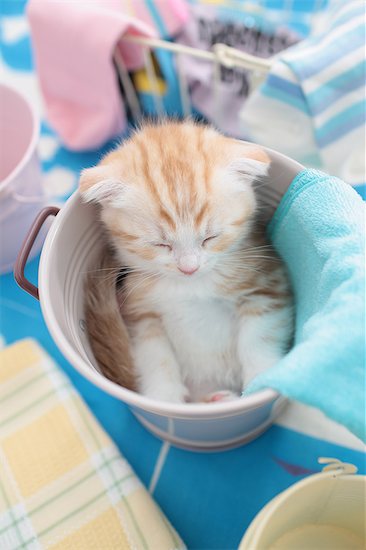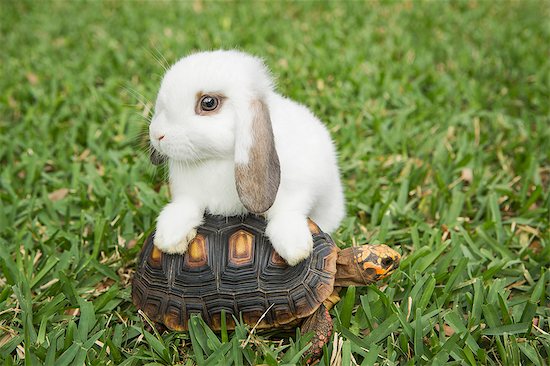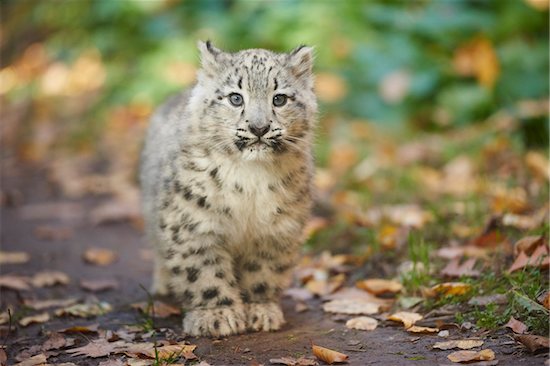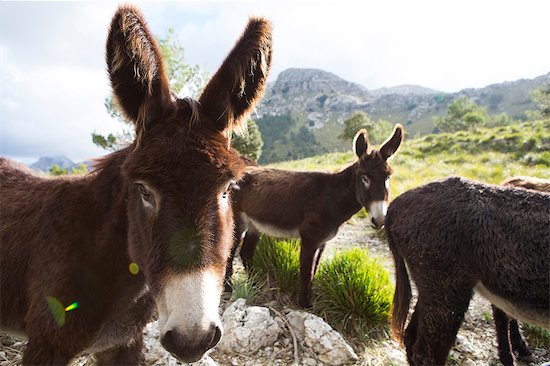It’s human instinct to be fascinated by cute critters. We’re wired to take care of anything that matches the “baby schema”: a large head and large eyes with a protruding forehead. That’s because human babies depend upon round the clock care and wouldn’t last long without it. So even today, any creature with a big head, big eyes and round, cuddly features can trigger a biological response.
But our brains are not laid-back in the face of so much cuteness. Instead, we’re getting lit on a huge rush of dopamine. And it’s actually good for us! Cuteness puts us in a good mood and causes an immediate effect on our brains, bringing a dramatic increase to our focus and attention, especially for detail oriented tasks. After a daily cuteness fix—perfect for the afternoon slump—we’re able to concentrate on stuff more easily, taking our time and paying close attention.
Our biological response explains why we can’t resist fuzzy stuffed toys and why we’re attracted to certain styles of animation and cartoons. It’s also why brands love to use images and pictures of baby animals: the positive feel-good emotions we feel for those impossibly cute creatures transfer to the product or brand without us even noticing.
And if you’re like Agnes from Despicable Me (“It’s so fluffy I’m gonna die!”) you may want to read up on Cute Aggression— a nearly overwhelming urge to hug and squeeze things that we find cute.

















